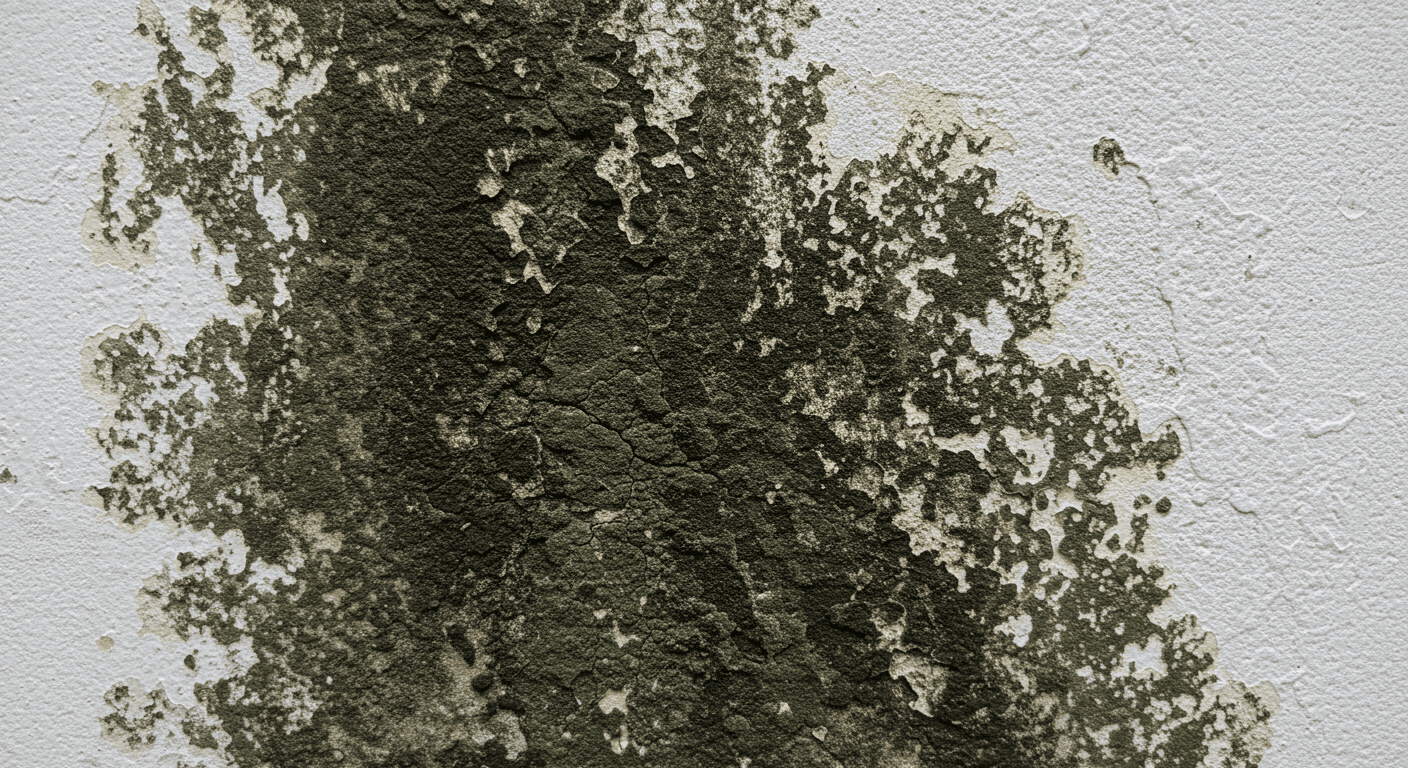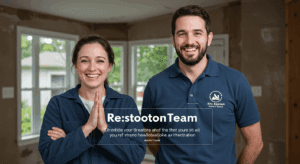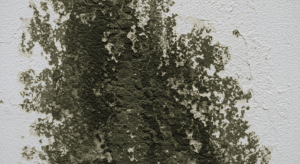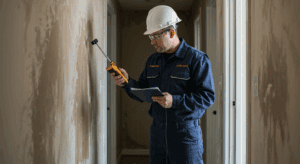Mold is a silent invader that can cause significant damage to your home and health if left unchecked. For residents of Plainfield, NJ, understanding the signs of mold is crucial to maintaining a safe and healthy living environment. This guide will help you identify the warning signs of mold, understand its health risks, and take the necessary steps to address the issue effectively.
Understanding Mold: What You Need to Know
Mold is a type of fungus that thrives in damp, humid conditions. It reproduces through spores that can spread easily through the air, making it a common issue in homes with moisture problems. There are various types of mold, including black mold, green mold, and white mold, each with its own characteristics and risks.
In homes, mold often grows in areas with poor ventilation, water damage, or high humidity levels. Common causes include leaks, flooding, and condensation. Preventing mold starts with understanding its causes and addressing moisture issues promptly.
Top 10 Signs of Mold Presence in Your Home
Identifying mold early can save you from costly repairs and health complications. Here are the top signs to watch for:
1. Unpleasant Musty Odors
A persistent musty smell, especially in basements or bathrooms, is often the first sign of mold. Even if you can’t see it, the odor indicates mold spores are present.
2. Visible Mold Growth on Surfaces
Mold can appear as black, green, or white spots on walls, ceilings, or furniture. It often grows in areas with high moisture levels, such as bathrooms or kitchens.
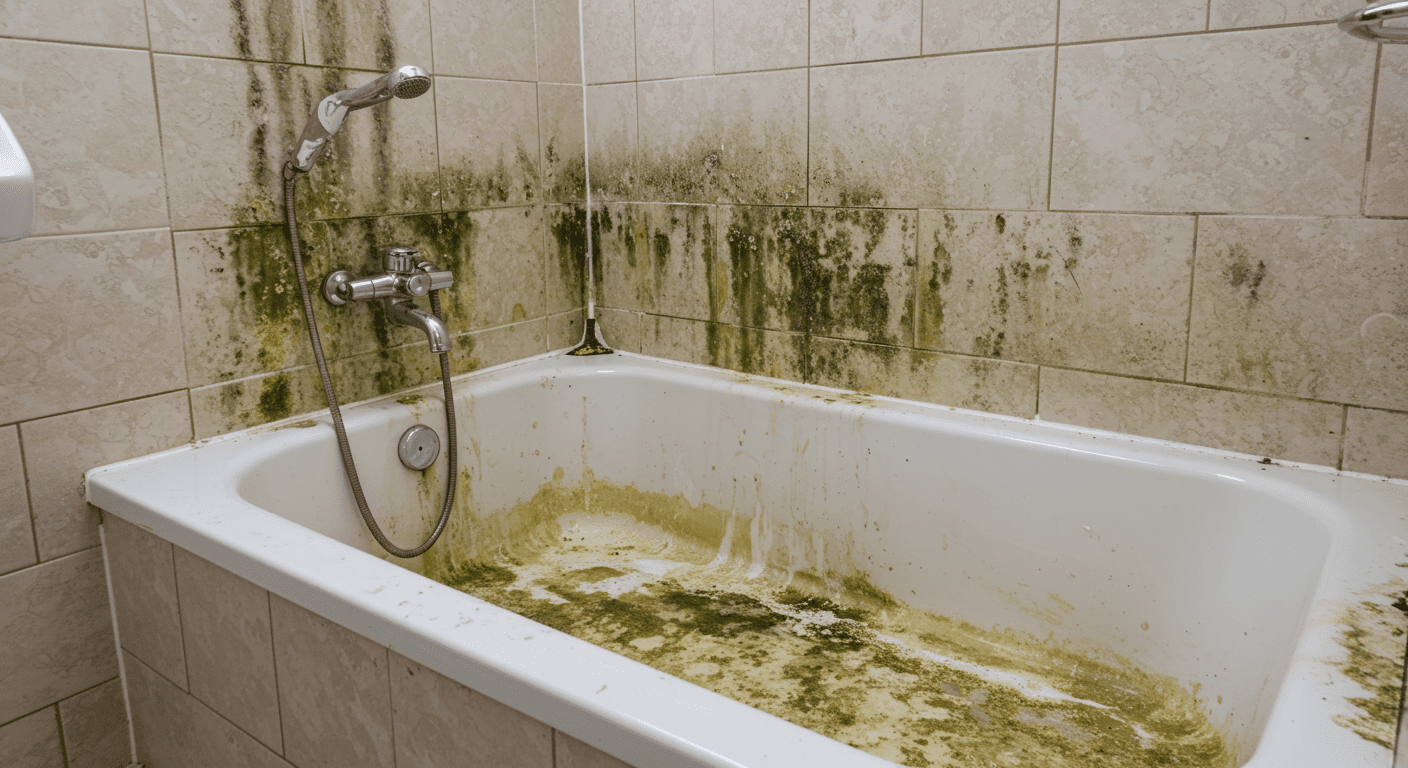
3. Water Stains and Discoloration
Water stains on walls or ceilings can indicate a moisture problem, which often leads to mold growth. Look for yellow, brown, or black discoloration.
4. Increased Allergy Symptoms
If you or your family members experience sneezing, coughing, or itchy eyes indoors, mold could be the culprit. These symptoms often worsen in mold-infested areas.
5. Condensation on Windows and Walls
Excessive condensation can create the perfect environment for mold growth. Check for moisture buildup on windows, walls, and other surfaces.
6. Peeling or Bubbling Paint
Mold can cause paint to peel or bubble due to moisture seeping through the walls. This is a clear sign of a hidden mold problem.
7. Damp or Humid Areas
Rooms with high humidity, such as basements or laundry rooms, are prime locations for mold. Use a dehumidifier to reduce moisture levels.
8. Presence of Moldy Items
Check for mold on items like carpets, curtains, or furniture. Mold can spread quickly on porous materials, so act promptly.
9. Recent Water Damage or Flooding
Homes that have experienced water damage or flooding are at a higher risk of mold. Inspect affected areas thoroughly for signs of growth.
10. Health Issues in Family Members
Mold exposure can lead to respiratory problems, fatigue, and skin irritation. If multiple family members experience these symptoms, mold could be the cause.
Health Risks Associated with Mold Exposure
Mold exposure can have serious health implications, especially for vulnerable populations.
Impact on Allergies and Respiratory Health
Mold spores can trigger allergic reactions, asthma attacks, and other respiratory issues. Prolonged exposure can worsen these conditions, making it essential to address mold promptly.
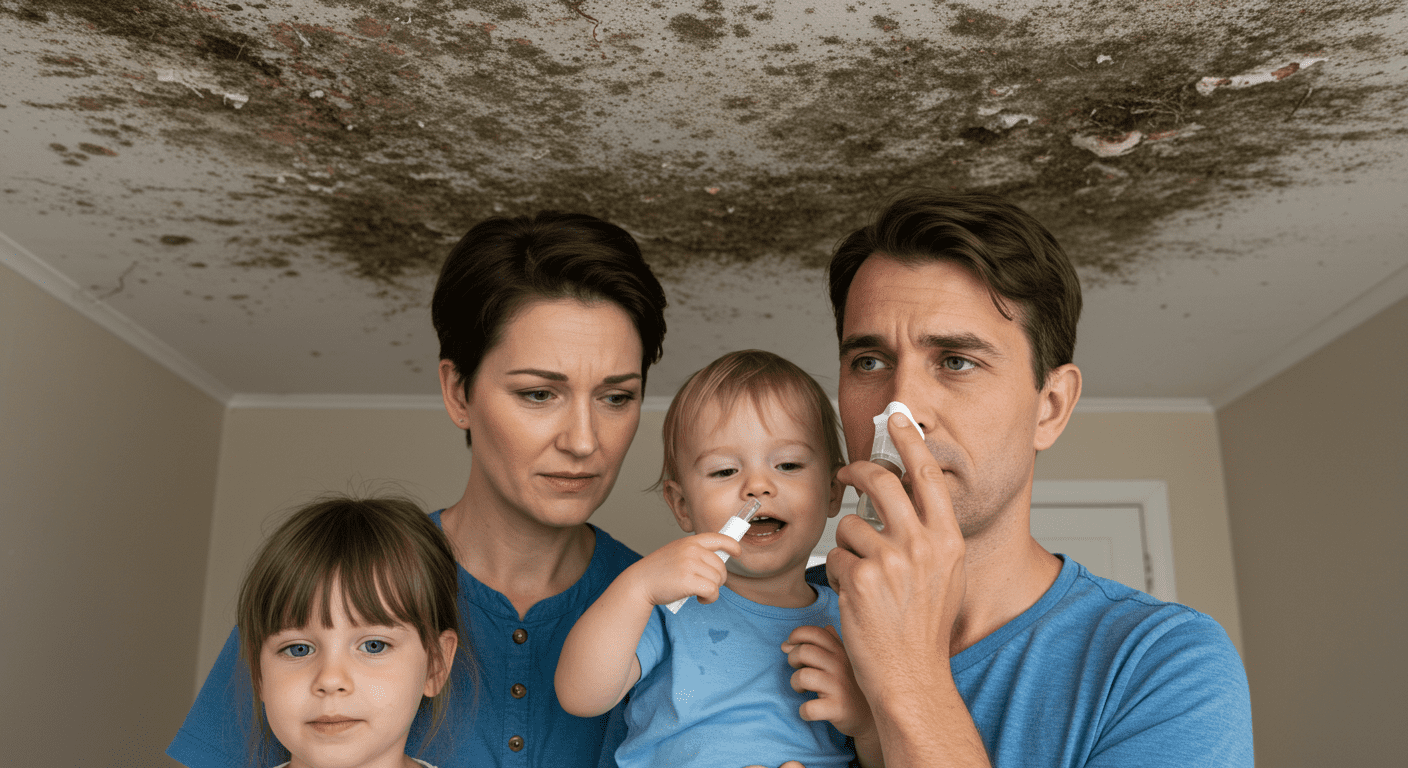
Vulnerable Populations: Children, Elderly, and Immunocompromised Individuals
Children, the elderly, and those with weakened immune systems are particularly susceptible to mold-related health issues. Protecting these individuals should be a top priority.
What to Do If You Discover Mold
Discovering mold in your home can be alarming, but taking the right steps can help you address the problem effectively.
Steps for Safe Mold Removal
Start by identifying and eliminating the source of moisture. Use protective gear when cleaning small mold patches, and dispose of contaminated materials properly. For larger infestations, professional help is recommended.
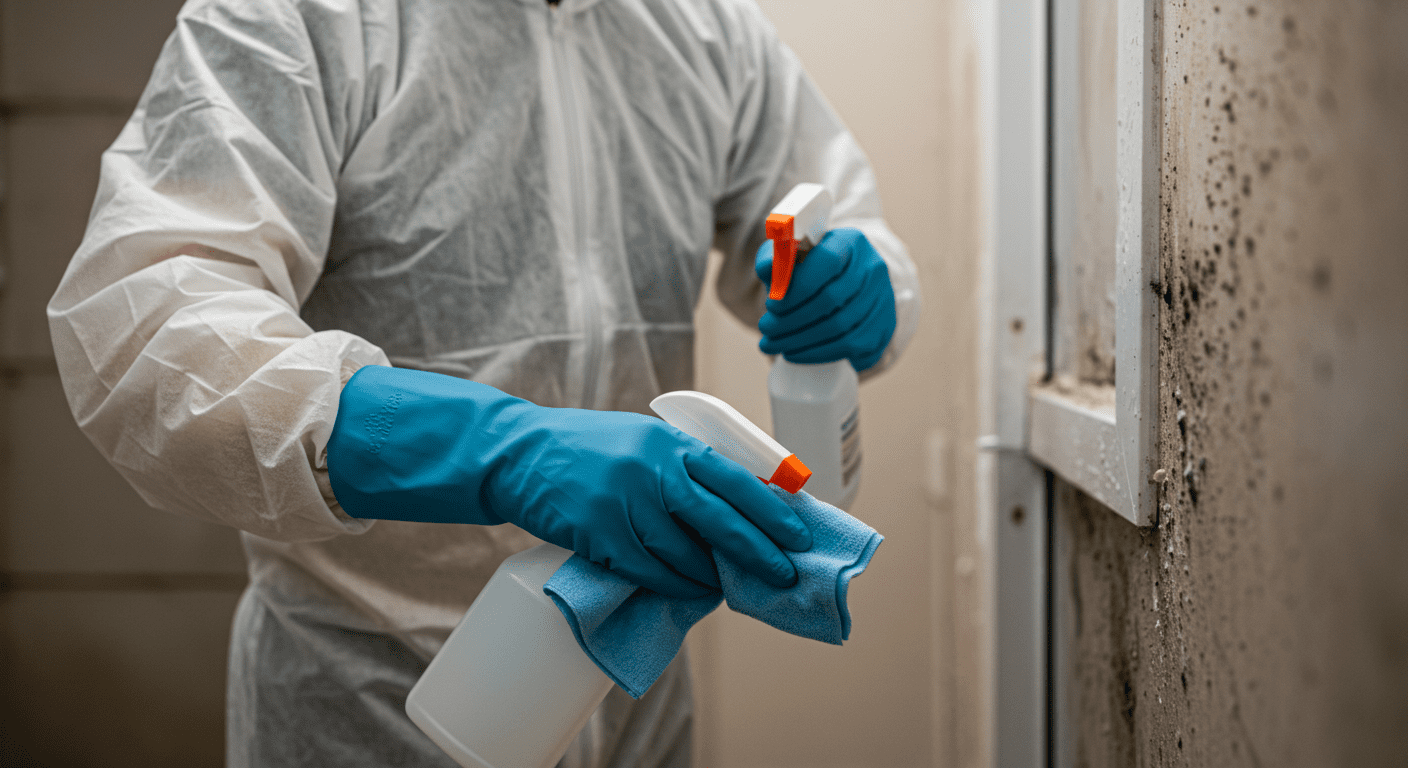
When to Call a Professional Mold Remediation Service
If the mold covers a large area or has penetrated deep into walls or ceilings, it’s time to call a professional. Experts have the tools and expertise to remove mold safely and prevent its return. Learn more about effective mold remediation strategies.
Preventive Measures to Avoid Future Mold Growth
Preventing mold requires addressing moisture issues and maintaining proper ventilation. Regularly inspect your home for leaks, use dehumidifiers, and clean areas prone to mold growth. For more tips, check out this guide to mold inspection after water damage.
Mold is a serious issue that can impact both your home and health. By recognizing the signs of mold early and taking proactive measures, you can protect your family and property. If you suspect mold in your home, don’t hesitate to seek professional assistance to ensure a thorough and safe remediation process.
